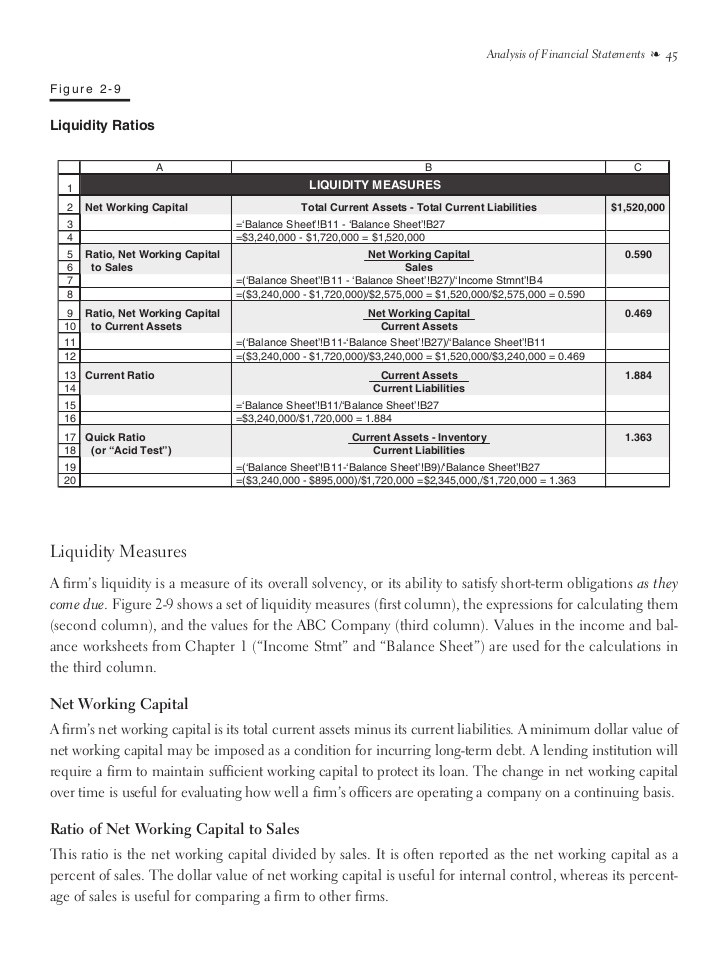Spotting Creative Accounting On The Balance Sheet_1
Post on: 14 Июль, 2015 No Comment

Its a rcrd of the financial situation of an institution on a particular date, listing its assets and claims against those assets.
Semantic Tags:
In financial accounting, a balance sheet or statement of financial position is a summary of the financial balances of a sole proprietorship, a business partnership, a corporation or other business organization, such as an LLC or an LLP. Assets, liabilities and ownership equity are listed as of a specific date, such as the end of its financial year. A balance sheet is often described as a snapshot of a company’s financial condition. Of the four basic financial statements, the balance sheet is the only statement which applies to a single point in time of a business’ calendar year.
A standard company balance sheet has three parts: assets, liabilities and ownership equity. The main categories of assets are usually listed first, and typically in order of liquidity. Assets are followed by the liabilities. The difference between the assets and the liabilities is known as equity or the net assets or the net worth or capital of the company and according to the accounting equation, net worth must equal assets minus liabilities.
Financial accounting
Financial Accountancy (or financial accounting ) is the field of accountancy concerned with the preparation of financial statements for decision makers, such as stockholders, suppliers, banks, employees, government agencies, owners, and other stakeholders. Financial capital maintenance can be measured in either nominal monetary units or units of constant purchasing power. The fundamental need for financial accounting is to reduce principal–agent problem by measuring and monitoring agents’ performance and reporting the results to interested users.
Financial accountancy is used to prepare accounting information for people outside the organization or not involved in the day-to-day running of the company. Management accounting provides accounting information to help managers make decisions to manage the business.
Generally Accepted Accounting Principles
Generally accepted accounting principles (GAAP) refer to the standard framework of guidelines for financial accounting used in any given jurisdiction; generally known as accounting standards or standard accounting practice. These include the standards, conventions, and rules that accountants follow in recording and summarizing and in the preparation of financial statements.
United States housing bubble
The United States housing bubble is an economic bubble affecting many parts of the United States housing market in over half of American states. Housing prices peaked in early 2006, started to decline in 2006 and 2007, and reached new lows in 2012. On December 30, 2008 the Case-Shiller home price index reported its largest price drop in its history. The credit crisis resulting from the bursting of the housing bubble is — according to general consensus — the primary cause of the 2007–2009 recession in the United States.
Increased foreclosure rates in 2006–2007 among U.S. homeowners led to a crisis in August 2008 for the subprime, Alt-A, collateralized debt obligation (CDO), mortgage, credit, hedge fund, and foreign bank markets. In October 2007, the U.S. Secretary of the Treasury called the bursting housing bubble the most significant risk to our economy.
In accounting, book value or carrying value is the value of an asset according to its balance sheet account balance. For assets, the value is based on the original cost of the asset less any depreciation, amortization or impairment costs made against the asset. Traditionally, a company’s book value is its total assets minus intangible assets and liabilities. However, in practice, depending on the source of the calculation, book value may variably include goodwill, intangible assets, or both. When intangible assets and goodwill are explicitly excluded, the metric is often specified to be tangible book value.
In the United Kingdom, the term net asset value may refer to the book value of a company.
Fund accounting
Fund accounting is an accounting system emphasizing accountability rather than profitability. used by non-profit organizations and governments. In this system, a fund is a self-balancing set of accounts, segregated for specific purposes in accordance with laws and regulations or special restrictions and limitations.
The label, fund accounting. has also been applied to investment accounting, portfolio accounting or securities accounting – all synonyms describing the process of accounting for a portfolio of investments such as securities, commodities and/or real estate held in an investment fund such as a mutual fund or hedge fund. Investment accounting, however, is a different system, unrelated to government and nonprofit fund accounting.
Business Finance
Finance is the allocation of assets and liabilities over time under conditions of certainty and uncertainty. A key point in finance is the time value of money, which states that a unit of currency today is worth more than the same unit of currency tomorrow. Finance aims to price assets based on their risk level, and expected rate of return. Finance can be broken into three different sub categories: public finance, corporate finance and personal finance.














